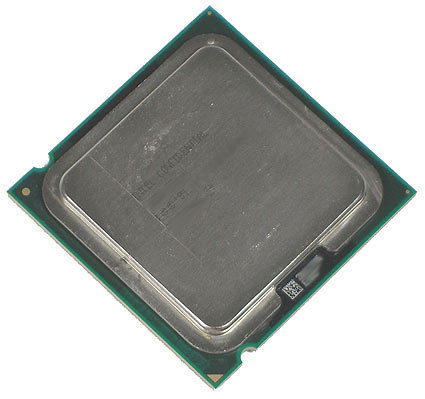Intel Moves From Dual Core To Double Core
Conclusion
Given that we have already seen the decrease in power consumption achieved by the 65 nm Cedar Mill, the results of the double core counterpart Presler are about what everybody would expect. Not only does the new chip run both slightly faster and cooler, it will allow Intel to go after higher clock speeds while maintaining its thermal envelopes (95 W or 130 W max).
What the new chip cannot do, however, is pose a real threat right now to AMD's Athlon 64 X2 family in the area of performance leadership. The Pentium D 900 certainly is the much better product when compared to the 800 series, but it mainly introduces a number of improvements that were overdue.
Our processor preview articles give us a little look ahead to what we can expect next year. Everything suggests that Intel's upcoming micro architecture, featuring the Woodcrest, Conroe and Merom products, is going to deliver what we were promised back at the Developer Forum. If you think about an architecture that is much closer to the Pentium M than to NetBurst (more performance per clock) and stays with almost the same clock speeds that dual cores run today, you should have a good idea of what is to come.
Get Tom's Hardware's best news and in-depth reviews, straight to your inbox.

Patrick Schmid was the editor-in-chief for Tom's Hardware from 2005 to 2006. He wrote numerous articles on a wide range of hardware topics, including storage, CPUs, and system builds.
